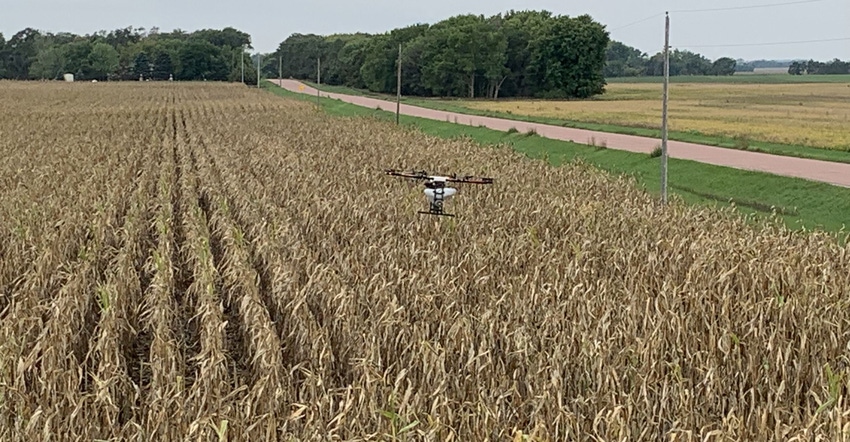
Perhaps you’ve no-tilled for 30 years and used cover crops for 10 of those years. You think you know how much these practices help the soil, and you have discovered they result in more net profit. But do your neighbors no-till? Do your neighbors know you can make as much or more profit using conservation practices while improving the environment at the same time?
What if virtually none of your neighbors no-tills or uses cover crops? “Very few farmers in my area currently are utilizing conservation systems,” says Josh Parcel, manager of The Climate Corporation research farm located in southeastern Illinois, near Martinsville. “People hear about the value of conservation in saving soil, providing cleaner water and, now, sequestering carbon, but few, if any, are doing it. Our goal is to determine through long-term testing if the system is viable both economically and environmentally.”
Research farms
Jared Webb, lead for the Climate Farm Research Team, says Parcel’s location is one of two Climate research farms where 2021 was the first year in a 10-year study that will look at every aspect of sustainability for selected conservation practices. The other location is in South Dakota, where, like around the Martinsville farm, few people currently use conservation practices.
Climate has five research farms in the U.S., Webb says. He notes that the first farms were established in 2015. Each consists of 800 to 1,000 acres. You likely know Climate best for its lead product, Climate FieldView, and the analysis stemming from that product, which can help you make more informed decisions on your farm.
“We wanted to make sure that the types of analysis and algorithms our company was developing for farmers was practical in the real world,” Webb explains. “That was the idea behind establishing the Climate research farms in the beginning — so we could test our recommendations on real farms before recommending them to our customers.
“We may have a recipe that says if you do A and B, your results will be better. What our farms let us do is try it in the real world and see if there is an advantage.”
Sustainability trials
The three main practices being compared to more traditional farming methods in the 10-year sustainability trials are no-till, cover crops and crop rotation, Webb says. The 2022 season will be year two for the trials at each of the two locations.
“We’re doing large-scale trials, normally on 40 to 80 acres — not just small plot trials on the farm,” Parcel says. “Last fall was our first time to plant cover crops here, and we’re learning like everyone else learns.”
The goal isn’t just to compare yields, but to make comparisons of various types, Webb says. The three key conservation practices will also be evaluated for economics, soil health and carbon sequestration potential, plus other things.
“If these practices are successful, we hope not only the neighbors will notice, but all the farmers we serve,” Webb says.
Read more about:
No tillAbout the Author(s)
You May Also Like




